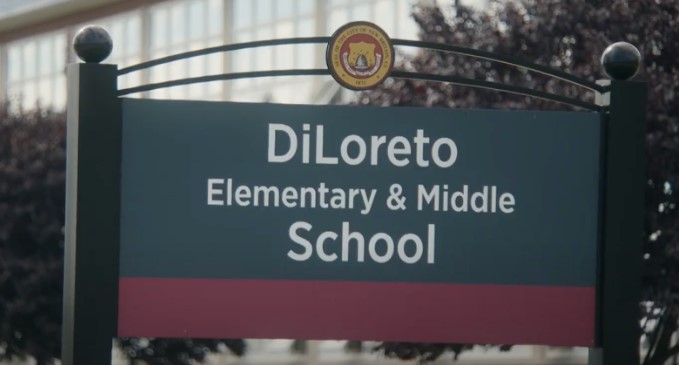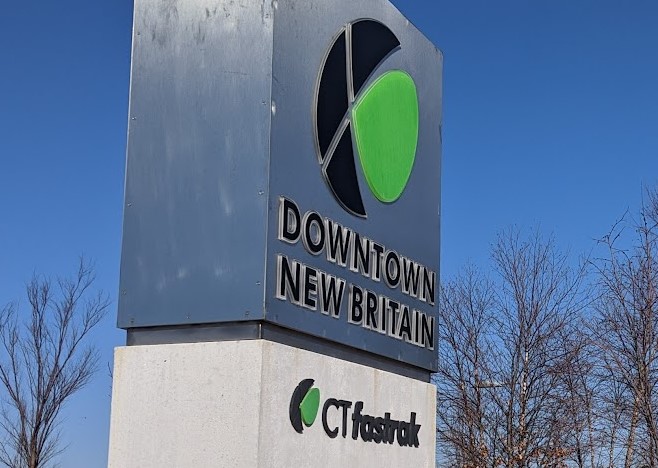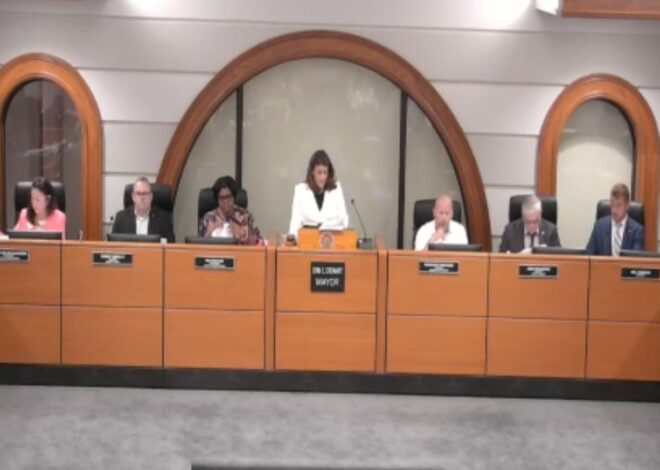
The Renaissance Of The Dual Language Program At Diloreto School
It was 2012 and the major item on the New Britain School Board meeting agenda was the closure of the dual language program at Diloreto school. Superintendent Kelt Cooper with the support of the president of the school board Sharon Saavedra were proposing to replace a popular program that allowed the children of Diloreto K-8 students to study all school subjects in both English and Spanish. The rationale for abandoning the dual language program was that if the school taught more English grammar, standardized test scores would rise.
Hundreds of parents, students, staff, and supporters gathered to express support for maintaining the dual language program. Latino speakers expressed how proud they were that their culture and the Spanish language was treated as equal the English and Anglo culture at the school. English speaking parents were excited that their children had opportunities to be immersed in Spanish and become fluent bilinguals. Indeed, since the inception of Diloreto Dual Language program in the late 1990s, the school has become a desirable place for parents, even for those outside the district. There were long waiting lists to get into the school and parents often tried to use inside connections to enroll their children at Diloreto dual language school.
None of the two-hour public testimonies convinced the school board and the overwhelming majority with only one opposition voted to convert the school to English-only school with one accommodation – Spanish would be taught once-a-week as a second language just like physical education or art.
Fast forward to 2016, Nancy Serra became the new superintendent of New Britain and with that a new openness to reestablish the dual language program. Parents and former dual language students lobbied to renew the dual language program at Diloreto and then in 2021 the school district created a position and hired Silvia Mayo Molina, a former teacher and vice principal of Diloreto Dual Language school who was then a principal in Middletown, to head the renewed initiative. Dr. Mayo Molina, who did her doctorate on dual language at CCSU, was able to apply the latest research and best practices to re-establish the dual language program, now renamed “Dos en Uno”, starting with two Kindergarten and two first grade classes for a total of 80 students. The program is now in its second year and is planning to add two more kindergarten classes every year until the k-5 dual language program will be complete with a total of 240 students.
Some of the changes that the “Dos en Uno” renewed dual language program has utilized are that the K-1 students are now utilizing Spanish 80% of the time followed by 50:50 English/Spanish in grades 2 through 5 instead of 50:50 English-Spanish K-5. The reason, according to Dr. Mayo Molina, is that young students are surrounded by English and despite best intentions end up using English more than Spanish. Research found that immersing young children in a second language establishes a more solid foundation for utilizing two languages equally in subsequent grades. The second change in the program is the curriculum. In the previous dual language program, curriculum was limited, and teachers had to often translate material. Since then, due to the wide spread of dual language programs around the US, there are many more resources and curriculum available. Furthermore, in addition to a few dual language programs in Connecticut there are now more dual language programs in the northeast to emulate and learn from such as in Rhode Island and Massachusetts. The third change in the program is that the body of students who are chosen to the dual language program is made of three types of language speakers- Spanish only speakers, Spanish heritage speakers (whose main language use is English but hear Spanish at home), and English-only speakers. A survey of the current student body in New Britain found that there are now many more Spanish speakers from countries from South America in addition to Dominican Republic and the US territory of Puerto Rico. Lastly, in “Dos en Uno” program teachers are receiving professional development through the Multistate Association of Bilingual Education (MABE), something that was missing in the previous program.
There are multi-benefits of the program, according to Dr. Mayo-Molina. First, bilingual students who have strong literacy skills in their first language tend to have higher test scores and better academic success in longitudinal studies. The higher test scores, however, are achieved, according to research after five years of dual language exposure. Second, students with strong bilingual literacy skills, can take more advanced placement courses including Spanish. Finally, students with strong bilingual foundation have more educational and job opportunities beyond school.
The story of Diloreto dual language program is a story of community triumph. While the parents and former students who fought to preserve the first dual language program experienced a setback, they haven’t given up. With a new school administration, the program experienced a renaissance and a stronger and more research-based program has emerged.
For further information about the history and more contemporary information about Diloreto dual language program see the links below
Language Wars: The Struggle for Bilingual Education in Connecticut – Werblow, Ayalon, Perez-Taverner, 2017 article)
http://edresearch.yolasite.com/resources/F052-3_Werblow_LanguageWars_9_1_15.pdf
Language Wars: Should Spanish-Speaking Students be Taught in English only? (Video, 10-minute, PBS, 2013)
Diloreto Dual Language Program 2020 – (Video, 3 minutes, New Britain School District)



